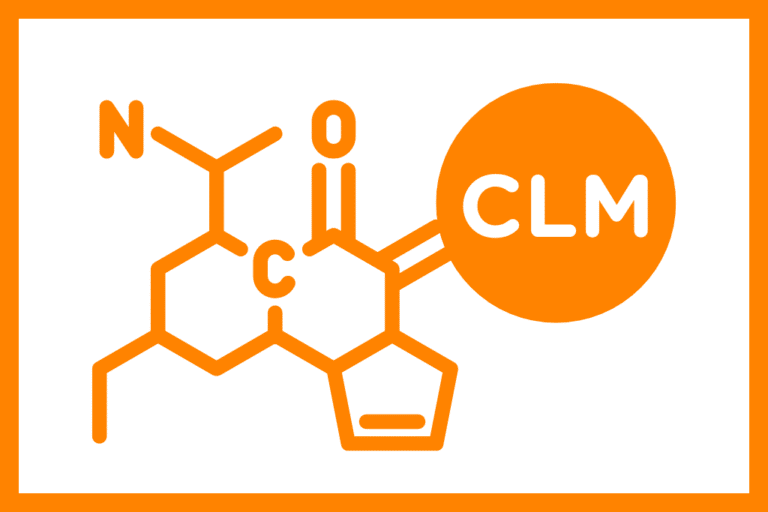Contract Life Management (CLM) is the entire lifecycle of a contract from start to finish. The volume of contracts that a legal department of a company has to go through is high, and therefore having a reliable system in place is crucial. In addition to having the right tools to help manage your contracts, it is also important to maintain proper compliance.
1. Why is it important to make sure your company stays compliant?
Contract compliance involves several stages that help your company streamline certain processes and increase the efficiency of the legal department. It helps identify key areas that can be standardized, contracts that can be templatized, and streamline the workflow of contract management.
Additionally, it also helps ensure that the company is achieving its set targets and that any contracts with other vendors/clients are compliant. This helps your company stay on track and make time for other strategic tasks.
2. What are the benefits of having a contract compliance program in place?
Maintaining contract compliance through a compliance program comes highly recommended for any business. It helps cut redundant processes, creating time for more strategy-related activities. Additionally, and more importantly, it helps identify and mitigate any legal or financial complications that could arise from non-compliance. Finally, it helps build trust and transparency between all parties involved along with excellent quality assurance.
3. Who do you need to get involved?
Contract compliance involves both internal and external stakeholders. Internally, anyone that is responsible for the contract approval process is involved, along with the legal department and any other team members that will be communicating with the vendors/clients. Externally, the parties involved are the vendors and clients along with their legal teams, if applicable. In any new contract, it is advisable to have a contract compliance meeting where compliance processes are explained, and any risks involved are highlighted to all parties involved. This is a recommended best practice to avoid any potential financial or legal implications.
4. What are some of the first steps to take?
While implementing a compliance program may seem overwhelming, following these steps will help get you started on the right path:
- Create templates for your contracts: Identify the types of contracts your business creates regularly and make templates for them. This not only helps you stay compliant but also helps save time on drafting new contracts regularly. It is also recommended to keep these templates in a standard folder and updated so that team members can access them easily. Creating standardized templates helps keep all the information consistent and compliant, as well as save time for team members to focus on more strategic related activities.
- Have a standard workflow for approvals: The approval process of contracts can take time and a lot of back and forth. Therefore, creating a standard workflow with set deadlines can help keep the process more streamlined. Make sure all parties involved in the approval are sent the contract with deadlines. It also helps to have these sent digitally to save time and speed up the approval process.
- Audit the contract performance and compliance: Once a contract is signed and in motion, track and review the performance of it with all parties involved. Get regular feedback from clients, vendors, and team members to help identify what is working and what can be improved. Additionally, auditing the compliance of the contract helps ensure that timelines are adhered to and improves quality control.
- Have a compliance program in your company: Talk about the importance of compliance with internal and external stakeholders. As a company, host compliance programs or sessions by identifying and inviting people that are knowledgeable of the subject to talk to employees, clients, and vendors about it. These sessions can help highlight the risks of not being compliant and help share some of the best practices of contract compliance.
In summary, contract compliance lies in hand with excellent contract management. As a company, it is important to communicate the importance of contract compliance with internal and external stakeholders.
Ensure that best practices such as contract templates, approval workflows, and consistent review of your company’s contract compliance, are followed. Implementing these steps along with a compliance program in the company can help maintain proper compliance with CLM.
? This content may also be of interest to you:.



